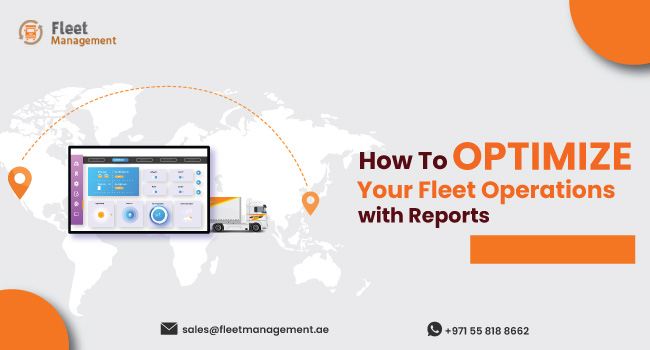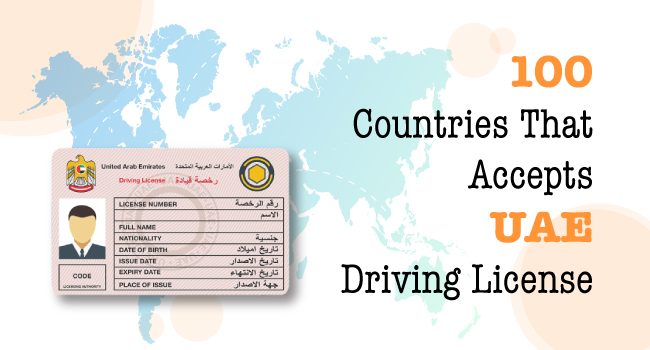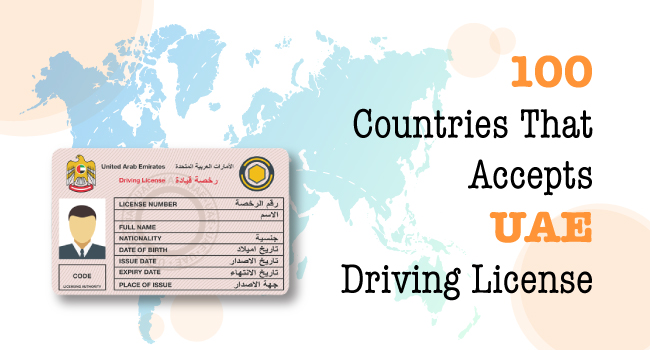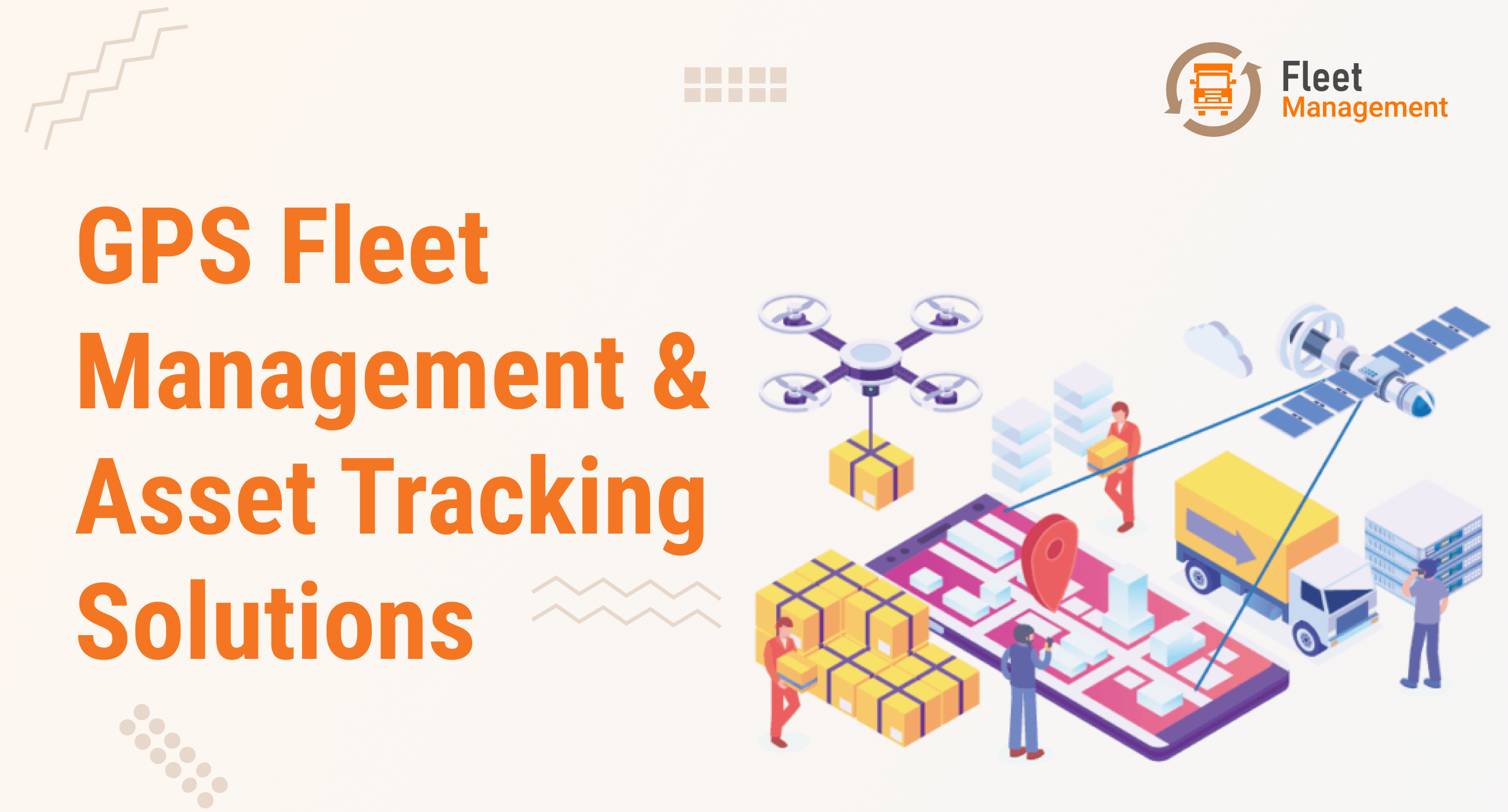Our Blogs
 Fleet Management()
Fleet Management() Car Rental Software()
Car Rental Software() Fleet Drivers()
Fleet Drivers() Infographics(0)
Infographics(0) News(0)
News(0)
Service We Offer
Follow Us
How to Optimize Your Fleet Operations with Reports

Use a data-driven approach to optimize your fleet operations with reports. The reports generated by fleet management software are based on various metrics that help you measure your fleet performance. Analyzing the reports will help improve your fleet performance.
Let’s take a look at the different reports, and how you can optimize your fleet operations using these reports. But first, let’s check out the basic points to consider while setting up a reporting system in a fleet management software.
Develop an Effective Reporting System
There’s a fine line between essential information and information overload. When the fleet managers get too much information from the software, they will be confused about how to optimize the operations.
Read Also: How to Manage Fleet Downtime with Fleet Management
That’s why it is essential to develop an effective reporting system that will provide the essential data. Consider the following points while setting up a reporting system in your fleet management software:
- What kind of information should be gathered by the reports?
- What is the frequency of generating reports?
- Who should have access to the reports?
- Is there any specific information requested by the senior management?
- Should the reports be one-time or long-term?
- What areas of operations do the reports cover?
- Can the data from one report be used for another report?
- Do you need reports for inventory management?
- Will the reports help track compliance?
These questions will help you decide on the essential reports needed to get an overview and in-depth information about your fleet.
Reports and the Information They Provide
Let’s take a look at the basic reports that a fleet management software generates and how you can use that data to optimize your fleet operations.
Trip Assigned and Trip Completed Reports
Report Data: These reports will have the details of the trips that you’ve assigned to each driver and the status of the trips.

Report Analysis: A comparative analysis of these two reports will help you monitor driver performance and productivity. In case the trip is not completed, then the fleet manager needs to find out the valid reasons for the incomplete trip.
If it is because of a repair or accident, then immediate action needs to be taken. Also, the fleet manager needs to check and update the preventive maintenance program. If the incomplete status is because of traffic or reroutes, then the situation needs to be checked to arrange an alternate solution.
The trip assigned report will give you the fleet availability rate. You will know how many vehicles are on-road and how many not in use. Fleet managers should try to maintain an availability rate of about 95% at any point in time with a 5% backup for emergencies.
Expense Report
Report Data: This comprehensive report will give fleet managers an overall view of the expenses incurred. The report will have details of expenses related to regular service and maintenance, fuel and spare parts. You can also have individual reports for
- Total fuel costs/fuel costs per trip
- The average mileage of the vehicle
- Service charges
- Cost of a replacement vehicle in case of original vehicle downtime
- Driver expenses
Report Analysis: The comprehensive report will let you know if the fleet management expenses are within the budget. It will also be useful when the fleet managers are presenting data to the higherups. Individual reports of fuel expenses, replacement parts, and such will help keep a close eye on these expenses.
They can also help avert fuel theft and replacement part thefts. Comparing the fuel usage based on the vehicle type to the route details will help identify if there are any detours in the route.
Inspection and Maintenance Reports
Report Data: These reports will give you data when and who did the vehicle inspection. It will also give you details of when the vehicle maintenance and the services were done.
Read Also: Advanced Fleet Management: What Is It?
Report Analysis: Analysing these reports will give you a heads-up on the vehicle maintenance schedule, which can help you in assigning the vehicles.
Vehicle inspections help you identify minor problems before they blow up into huge issues, leading to more vehicle downtime and operational losses. You can also use the maintenance reports to prepare a preventive maintenance program and schedule the services.
Vehicle Running Report
Report Data: This report will give you the day-to-day breakup of the vehicle movement. It will give you data like total running time, distance travelled, driver details, and idling time. You can have this report generated daily, weekly, and monthly based on your requirements.
Report Analysis: Analysing the daily report will help you easily find if there are any inconsistencies in the route, fuel usage, or vehicle performance. The weekly and monthly reports will help you gauge the vehicle’s overall performance.

Fleet managers will find the monthly reports useful while presenting fleet maintenance reports to higher management. This report also helps in efficient fuel management as it can help optimize the route and vehicle performance.
Distance Travelled Report
Report Data: This report will give you details of the distance travelled on each trip by each vehicle in your fleet.
Report Analysis: You can compare the optimized route planned with the distance travelled to check if there are any discrepancies. It will help weed out any possible malpractice right at the early stages. The distance travelled report will also help in scheduling maintenance that needs to be done after every 5k or 10k kilometers.
Safe Driver Ranking Report
Report Data: This self-ranking report gives an accurate overview of a driver’s performance and their driving behaviour.
Report Analysis: The reports will help you check if the drivers follow traffic regulations, drive within the stipulated speed, and practice safe driving. This report can also be compared with any complaints received about driver behaviour to evaluate their performance.
Action can be taken against drivers who drive rashly or behave badly with the passengers. On the other side, fleet managers can reward and encourage drivers who have a good track record.
Calendar and Duty Roaster
Report Data: Fleet managers can use this roaster to get an overview of the available vehicles and drivers. It will also give details about the shift hours, duty days and leave days of the drivers.
Report Analysis: This roaster cum report helps fleet managers manage the operations of the entire fleet. They will have a clear picture of the engaged and available drivers, which will help in trip allocation. The shift hours will help check if the drivers are working overtime.
If the drivers are putting in too many hours of overtime, then they can get physically and mentally fatigued. It could lead to accidents. So, fleet managers need to keep an eye on the hours of duty of each driver to ensure they have the proper work-rest balance. The dashboard will also allow fleet managers to assign drivers and vehicles for sudden unplanned trips or emergencies.
Predictive Maintenance Reports
Report Data: The predictive maintenance reports will help fleet managers schedule reports based on the vehicle type, manufacturer service plan and driver inputs.
Report Analysis: This report will be very helpful in maintaining fleet performance. Fleet managers can assign vehicles based on the preventive maintenance schedule. So, the vehicle’s downtime will also be greatly reduced.
Read Also: Top 10 Benefits of Mobile Apps in Fleet Management
Proper maintenance at the right time will also help enhance the vehicle’s life and performance. Predictive maintenance also helps reduce operational costs and expenses incurred due to vehicle repairs and replacements.
Compliance Reports
Report Data: The compliance report will have all data regarding a vehicle’s compliance and statutory regulations. Details of when the vehicle was purchased, its registration, and FC will all be available in the report.

Report Analysis: Fleet managers will find this report useful while checking if all the vehicles meet the compliance set by the government. If the vehicles don’t meet the regulations, then there could be hefty fines.
Also, the vehicle may have to be removed from the fleet until the issue is resolved. This will further cause more operational losses. Therefore, this report will help fleet managers prevent such problems.
Conclusion
The reports that a cab service provider will need are different from the ones that a school bus fleet needs. Therefore, it is important to have automated tracking reports that are customized to your business requirements.
Reports not only help manage and monitor the fleet but also reduce vehicle downtime and operational costs. If you are interested in setting up a fleet management system with a customized reporting system, contact us now.








